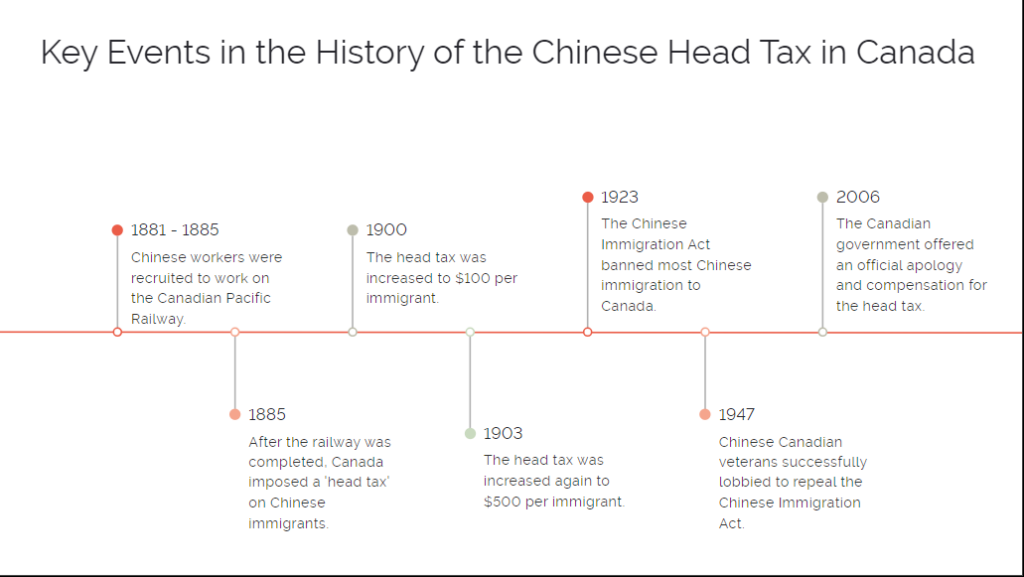My Experience using Magic School AI
After creating my account on magic school the first thing I noticed was how many diffrent options their were, ranging from creating a joke to creating a whole unit plan. With over 70 AI tools their was so much to try and see what could help me. The tool that stood out to me first was the “Students Work Feedback”, I was amazed how this was a tool they offered as I did not think AI was far enough to do something like this. I did not get to try it as I didnt have any students work on me but once I have some from my practicum class I will be intrested to try it.


The first tool I tried was the professional email one, I asked it to create an email to a co worker about an upcoming bake sale, asking if they would be willing to bake. While the email sounded and was great it would definitly not be how I would write it. While this tool could be helpful in the future without being able to personalize an AI to my writing I do not think I would use this tool.
Following this I used the text generator tool and asked it to create a one page paper on the building of the Trans-Canada railroad and the following Chinese head tax for grade 6, shown below:
The Trans Canada Railroad, also known as the Canadian Pacific Railway (CPR), is a historic railway that spans across Canada. It played a crucial role in connecting the east and west coasts of the country, opening up new opportunities for trade and transportation. However, the construction of this railroad came at a great cost for one specific group: the Chinese immigrants who worked on it.
The idea of building a transcontinental railroad was first proposed in the 1870s as a way to unite the vast expanse of Canada. The Canadian government saw this as an opportunity to assert their control over the western territories and stimulate economic growth.
To fulfill this ambitious plan, a considerable workforce was required. Thousands of laborers were hired, and among them were Chinese immigrants, who were known for their hard work and willingness to take on challenging tasks. These Chinese workers played a significant role in the construction of the Trans Canada Railroad.
However, the Chinese immigrants faced numerous hardships and discrimination during this time. One key issue was the implementation of the Chinese Head Tax. The Head Tax was a fee imposed on Chinese immigrants entering Canada, and it was specifically targeted at discouraging Chinese immigration.
The Chinese Head Tax was first introduced in 1885, initially set at $50, a significant amount of money at that time. The tax was later increased to $100 in 1900 and again to $500 in 1903. These substantial fees were a way to limit the number of Chinese immigrants coming to Canada and to discriminate against the Chinese community.
Despite the discrimination they faced, the Chinese workers persevered and played a vital role in the construction of the Trans Canada Railroad. They worked under extremely harsh conditions, enduring long hours and dangerous environments. Many lost their lives due to accidents or illnesses during the construction process.
The completion of the Trans Canada Railroad in 1885 marked a pivotal moment in Canadian history. It brought prosperity and economic growth to the country, facilitating the transportation of goods and people from coast to coast. However, it is important to acknowledge the unfair treatment and hardships endured by the Chinese workers who made this possible.
In 1923, the Canadian government implemented the Chinese Immigration Act, also known as the Chinese Exclusion Act, which banned almost all forms of Chinese immigration to Canada. This legislation further marginalized the Chinese community and reinforced the discrimination they faced.
It wasn’t until 2006, more than a century after the completion of the Trans Canada Railroad, that the Canadian government issued an official apology for the Head Tax and Exclusion Act. This apology recognized the injustices imposed on the Chinese immigrants and aimed to promote reconciliation and understanding.
Today, the Trans Canada Railroad stands as a symbol of unity and national pride for Canada. It serves as a reminder of the perseverance and contributions of the Chinese workers, who played a crucial role in shaping the nation’s history despite the challenges they faced.
Magic School AI
I choose this topic as I thought it might struggle in a senetive topic such as this. After fact cheking the text I thought it was pretty good, finding text to supoort my teaching can sometimes be hard to find and time consuming to make. I think to most effectively use this tool being very specific and adding the key points and facts that it adds to the text can help make it more specified for my class.
Students of today have access to more information quicker then ever, they are watching videos all the time that are exciting and engaging. To have my students engaged I have to make sure my lessons are exciting. Thats why I was excited to try Beautiful AI, a google slides creater, by using slides, powerpoint, canva, etc. in my classroom i can create more exciting lessons that more reflect what they are seeing on the internet. Fun transitions, colours, animations, and other techniques are key to keep them excited about whats coming next. By using an AI tool this task can be much easier, I again asked the AI tool to make a slide on the Trans-Canada railroad and Chinese head tax but was a diapointed with how it came out.

I think in the future this tool could be very helpful in creating exciting and engaging lessons but at the moment I do not see it doing that meaning I wont be using it at the moment.
Ethical Issues of AI: Slave labour
According to this TIME News article, Chat GPT used less than 2$ an hour labour in kenya to reduce the use of racism, sexism, xenophobic, and violent the AI used. The article discusses the very little known amount of how AI is available to so many already stating that for AI being an efficiency tool but at the same time requiring large amounts of human labour, which is being contracted out to the cheapest labour. With so much new technology coming from all sectors our governments have been to slow to create proper regulations, with the speed of AI’s development proper regulations for fair worker compensations, data privacy, and other issues will have to be placed to prove this tools use in our futures.
Leave a Reply